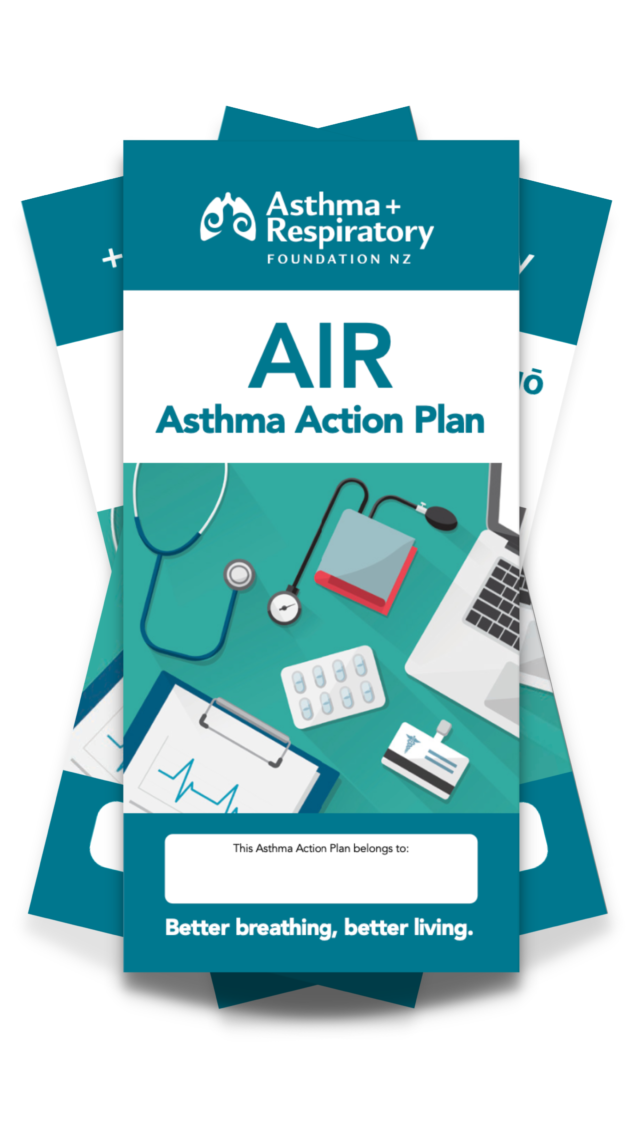A nebuliser works by turning liquid medicine into a fine mist which you can breathe easily into the lungs, via a mouth piece or mask. A nebuliser can be useful for some people with asthma, however many clinical trials have found spacers (used with a reliever) to be equally as effective.
Spacers are as effective as a nebuliser; they are also faster and easier to use, more portable, cheaper, and not dependent on a power supply.
Only a small number of people need a nebuliser. They are most commonly used if someone finds using a puffer inhaler and a spacer is difficult. A nebuliser should be bought or hired with a medical note from your healthcare practitioner and used strictly under the directions of the healthcare practitioner.
Those who might benefit from a nebuliser include:
Note: If a nebuliser is prescribed, patients must not treat acute asthma attacks or flare-ups at home without also seeking medical help.
A nebuliser consists of:
Note: Oxygen from a cylinder or hospital wall supply can be used instead of a compressor and air.
What medicines can be used in a nebuliser?
Other drugs such as:
Some of the medicines can be mixed together instead of being given separately. Your healthcare practitioner or pharmacist can tell you about this.
People who are purchasing on their healthcare practitioner’s recommendation need to know:

This self-management action plan for adolescents and adults (aged 12 years and over) is to be completed by healthcare practitioners, together with their patients. Available in English, te reo Māori, Samoan, Tongan and Simplified Chinese